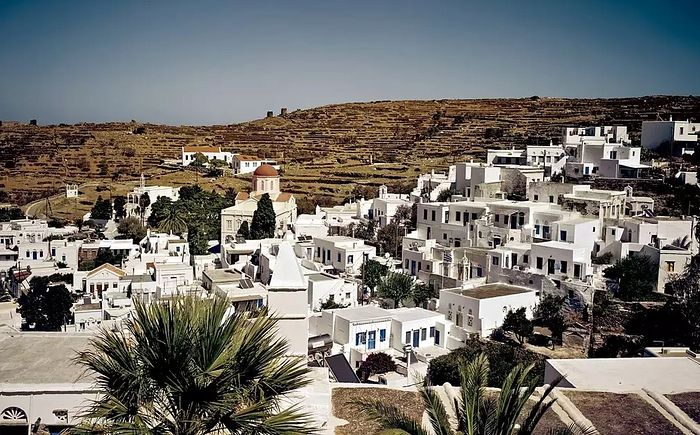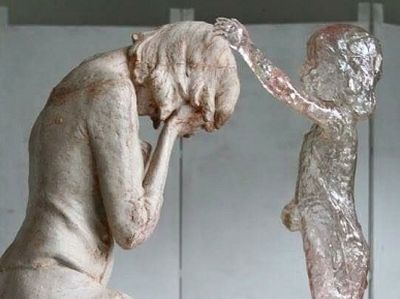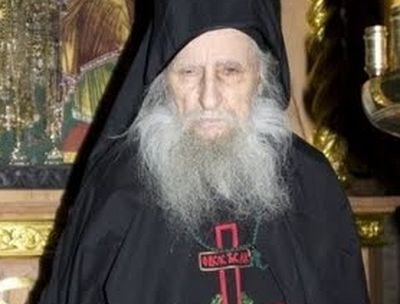Source: Travel and Leisure
September 18, 2017
It was our second morning in Tínos, Greece, when we saw our first pilgrim. The woman, who appeared to be in her 60s, was crawling on her hands and knees along the street that leads from the port up a hill to the majestic Our Lady of Tínos church. Though it felt disrespectful to watch her intimate struggle, it was impossible not to keep turning back to follow her excruciatingly slow but deliberate progress.
Ever since an icon of the Virgin Mary credited with miraculous healing powers was found at the site of the church in 1823, thousands upon thousands of Christian pilgrims have made their way to this raw and beautifully pristine island, often to present the icon with silver and gold votive plaques and pray for a blessing. The greatest number of believers arrive in March, for the Feast of the Annunciation, and in August, for the Feast of the Dormition of the Virgin. Many of them crawl almost half a mile up to the Renaissance-style church, the most important Eastern Orthodox pilgrimage site in Greece.
"The Virgin Mary has saved Tínos," I was told by Maya Tsoclis, a Greek television personality who is based in Athens but spends more than half of the year on the island. And though she laughed, she wasn't really joking. Almost everyone I spoke to credited the Virgin with protecting Tínos from the fate that befell tourist-packed Mykonos, only a 30-minute ferry ride away but a world apart. "The pilgrims have scared both foreigners and Greeks away from here," Tsoclis said. "When I was growing up, everyone associated Tínos with being dragged by their grandparents to the Virgin Mary on smelly boats with food packed in Tupperware. The people on the ferry going to Mykonos, which is the next stop, were happy to pass Tínos by."
...Read the rest at Travel and Leisure.






